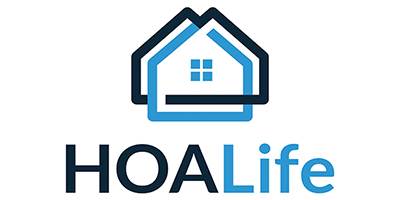Blog
HOALife Blog
HOA Tactics and Best Practices for HOA Board Members and Managers.

Ready to dive into the handbook?
It only takes a second to grab your free copy — packed with actionable self-management tips, stress-free solutions, and ways to simplify board responsibilities. Just share your name and email, and it's yours for free.
Ready to take a closer look at HOALife?
Find out if HOALife is the right fit for you in just 30 minutes.
Personalized demo
Time-saving tips for your HOA
No pressure, just answers



































